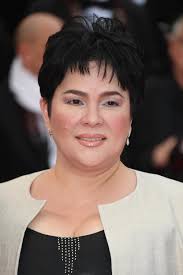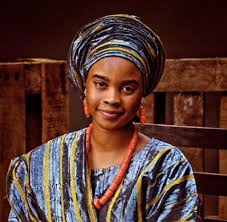
Gerard Sekoto Biography, Early Life, Career, Net worth, Age, Nationality, State of Origin
The cultural development of South Africa in the 20th century was greatly aided by the artistic and musical contributions of Gerard Sekoto. Most notably, after being acquired by the Johannesburg Art Gallery in 1940, Sekoto became the first African American artist to have a picture acquired for a museum collection. The artist’s perspective on the people of South Africa, particularly the underprivileged black population, was shaped by his upbringing in a rural area at the Lutheran Mission Station in Botshabelo, as well as his stays in Johannesburg, Cape Town, and Pretoria.
Sekoto (1913–1993) was trained to be a school teacher, but in 1938 he chose to pursue a career in art as a self-taught artist. He moved to Johannesburg, where there was still room for racial freedom of association, from the rural areas of northern South Africa. He met Judith Gluckman, an artist, who offered to teach him how to paint with oils, and was introduced to the liberal artistic White community during this time. He picked up these techniques quickly, and in Johannesburg art circles, he was soon acknowledged as a notable artist. In order to become more acquainted with the nation, he traveled to Cape Town in 1942 to live in District 6 after selling enough paintings to cover his expenses. In 1945, he moved to Eastwood, Pretoria.
Sophiatown, District 6, and Eastwood were destroyed in the 1950s as a result of apartheid laws that were put into place starting in 1948. The vibrant historical records of these dynamic urban environments and the people who inhabited them that Sekoto painted still stand today.
Sekoto voluntarily fled South Africa for Paris in 1947 with the intention of exposing himself to the hub of the global art scene, as he saw it. The artist vowed never to go back to the nation that provided inspiration for his colorful and evocative portrayals of racial tensions and cultural activity. Given an honorary doctorate from the University of Johannesburg, a retrospective exhibition of Sekoto’s work at the Johannesburg Art Gallery in 1989, and his status as one of South Africa’s first and most significant modernists and social realists,
Witwatersrand; his paintings at the South African National Gallery; record sales of his paintings at recent auctions in Johannesburg and London; and a new mural painting project by the Gerard Sekoto Foundation that showcases Sekoto’s paintings as painted by apprentices.





